7 vegetables to plant in May, plus our recommended sowing methods
A guide to some great and varied crops to plant in a vegetable garden this month
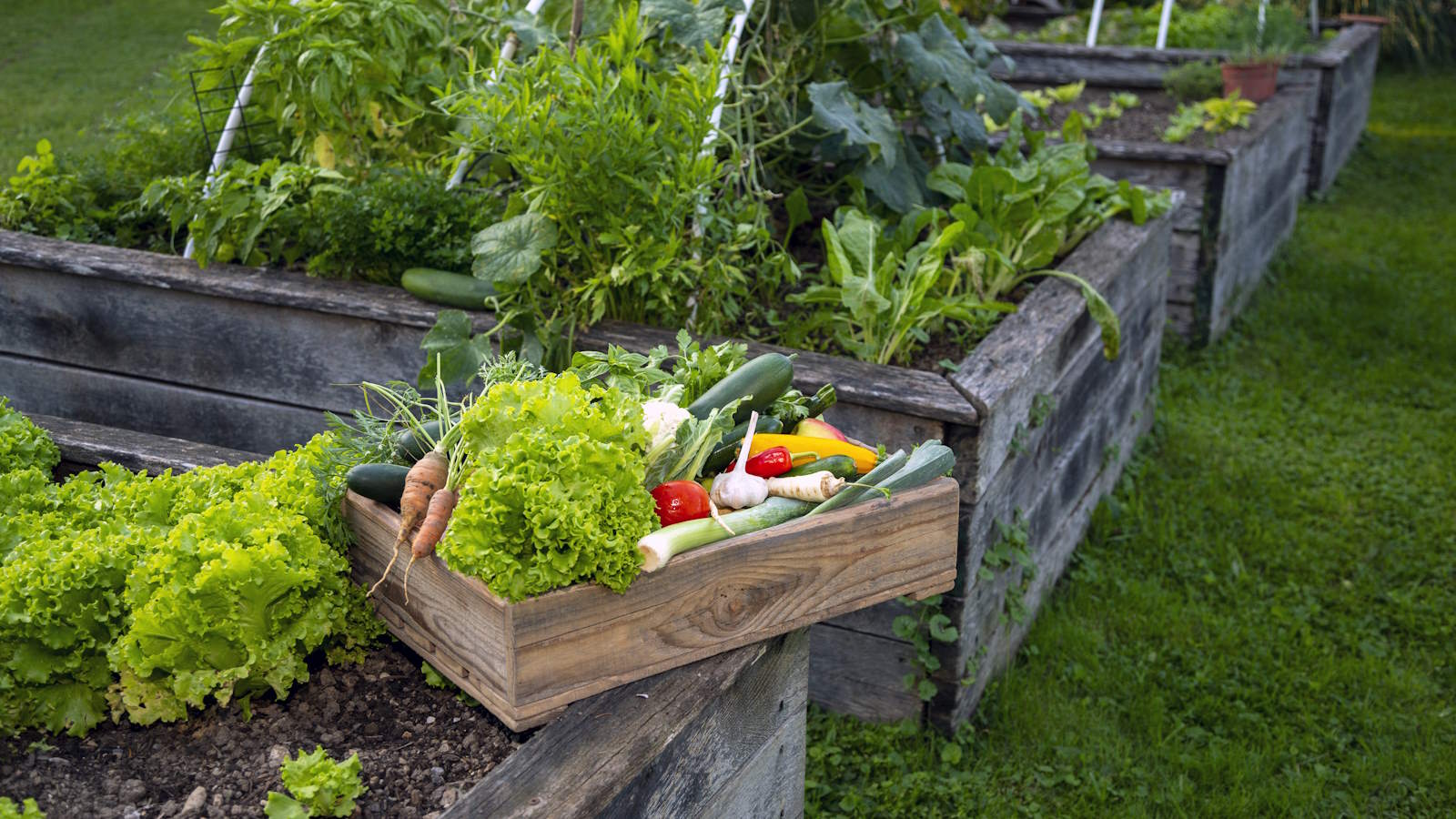

May can be a busy month in the vegetable garden. It can also be a very satisfying period that always includes lots of sowing and planting - providing the weather gods are on your side.
The month is an ideal time to start a long list of crops. The soil is warm and moist enough to sow directly, young vegetable plants started indoors can be planted out once the risk of frost has passed, while heat-loving vegetables can be started undercover.
I have always found May an exciting period in the vegetable garden, but it can feel like a balancing act. You juggle planting vegetables, sowing seeds, watching out for pesky slugs that can nibble young plants, and battling weeds as they appear. It can be busy, but it is enjoyable as the plot starts to surge with life again for the new season.
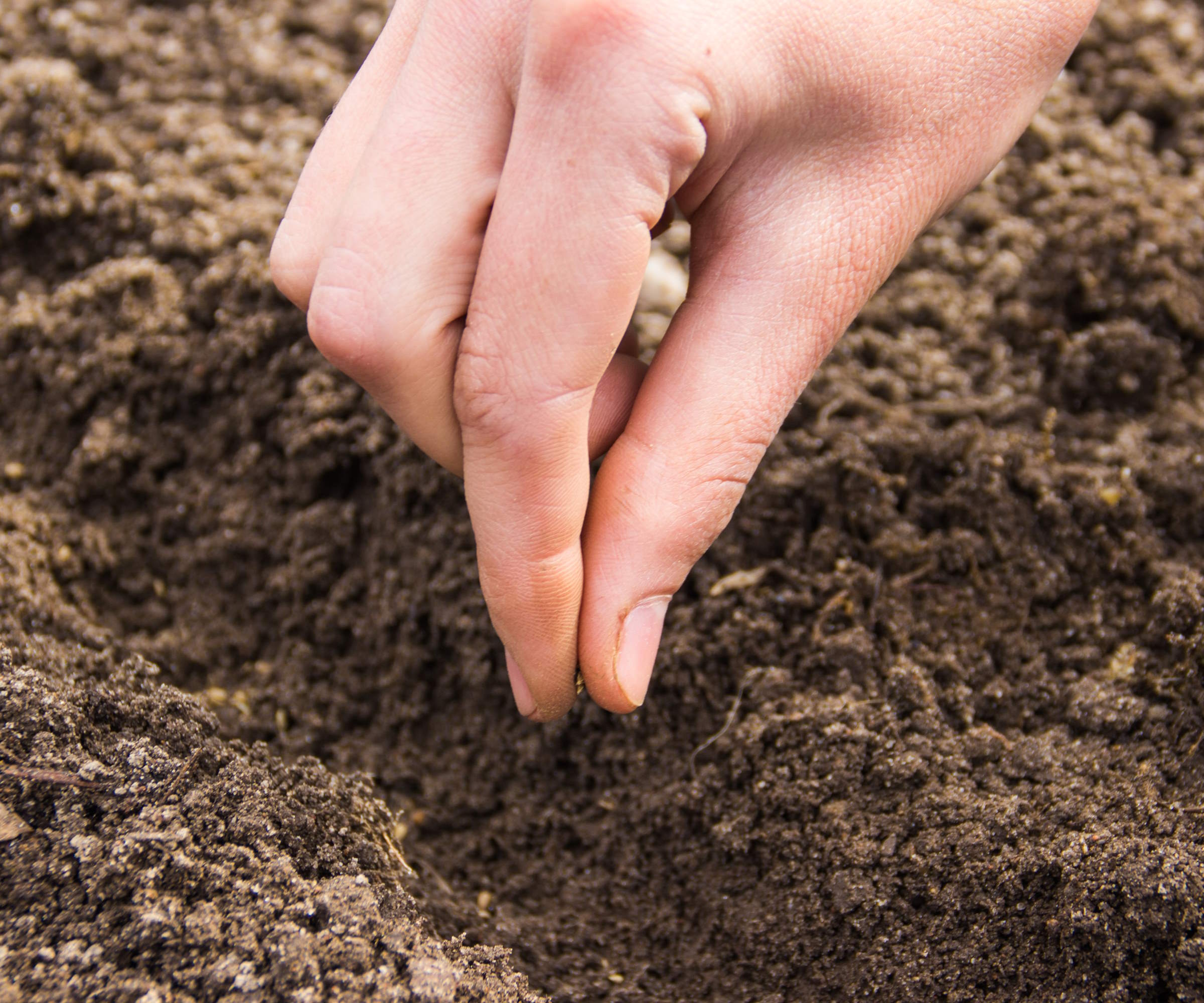
What vegetables are best to plant in May?
Lots of vegetables can be sown and planted in May in your backyard kitchen garden. Many vegetables to plant in April can still be sown this month.
Sowing the likes of leeks, kale, broccoli, zucchini and cauliflower can still be on a spring gardening checklist for May, while crops such as beets, carrots, radishes, and more, can be succession planted to give you long harvests. On top of those outlined above, here are 7 more fantastic crops you can plant in your vegetable garden in May.
1. Corn
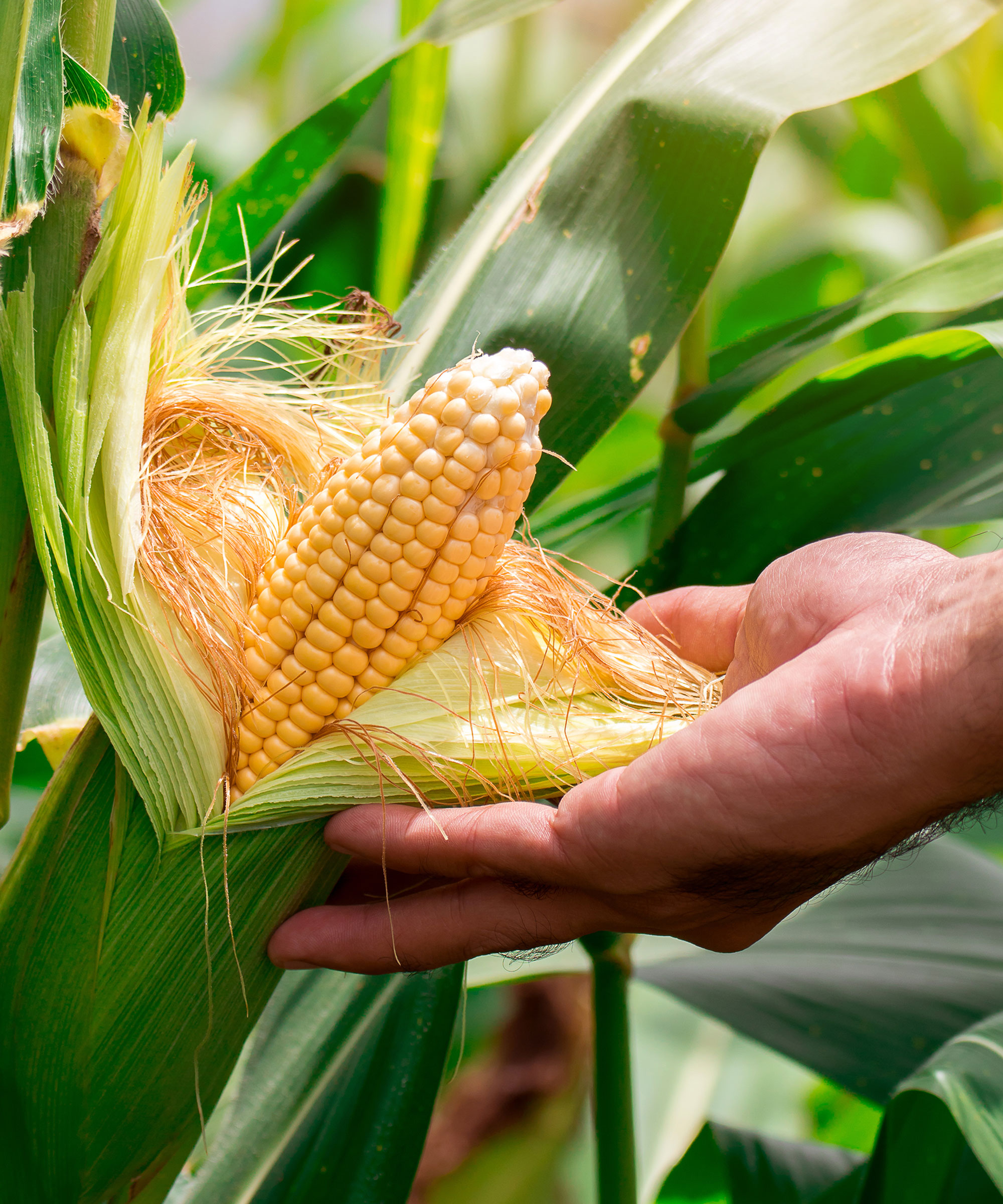
Where you plant corn in May will depend on your climate and US hardiness zone. You can sow corn indoors two weeks before your last frost date, which may mean starting seeds in a greenhouse or warm windowsill for some growers this month.
Corn started indoors should be planted into large modules or individual small pots to be planted out once the risk of frost has passed. If you live in a warmer climate corn can be started outdoors once the temperature remains consistently above 60°F - any colder and corn will struggle to germinate.
When growing corn, plant them out in a square formation to help with wind pollination and guarantee you the best harvest of corn.
You can see the range of corn seeds available at Burpee
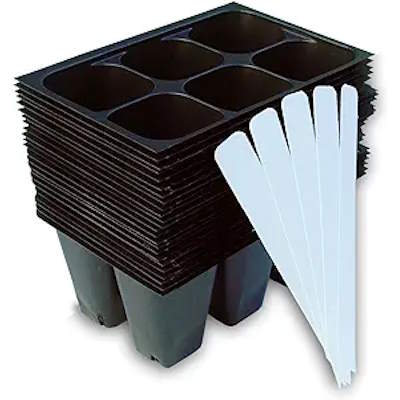
A pack of 24 6-celled trays of which each cell measures 1.5" square by 2.25" deep and with drainage holes. Ideal for sowing larger seeds such as corn, pumpkin, and squash.
2. French Beans
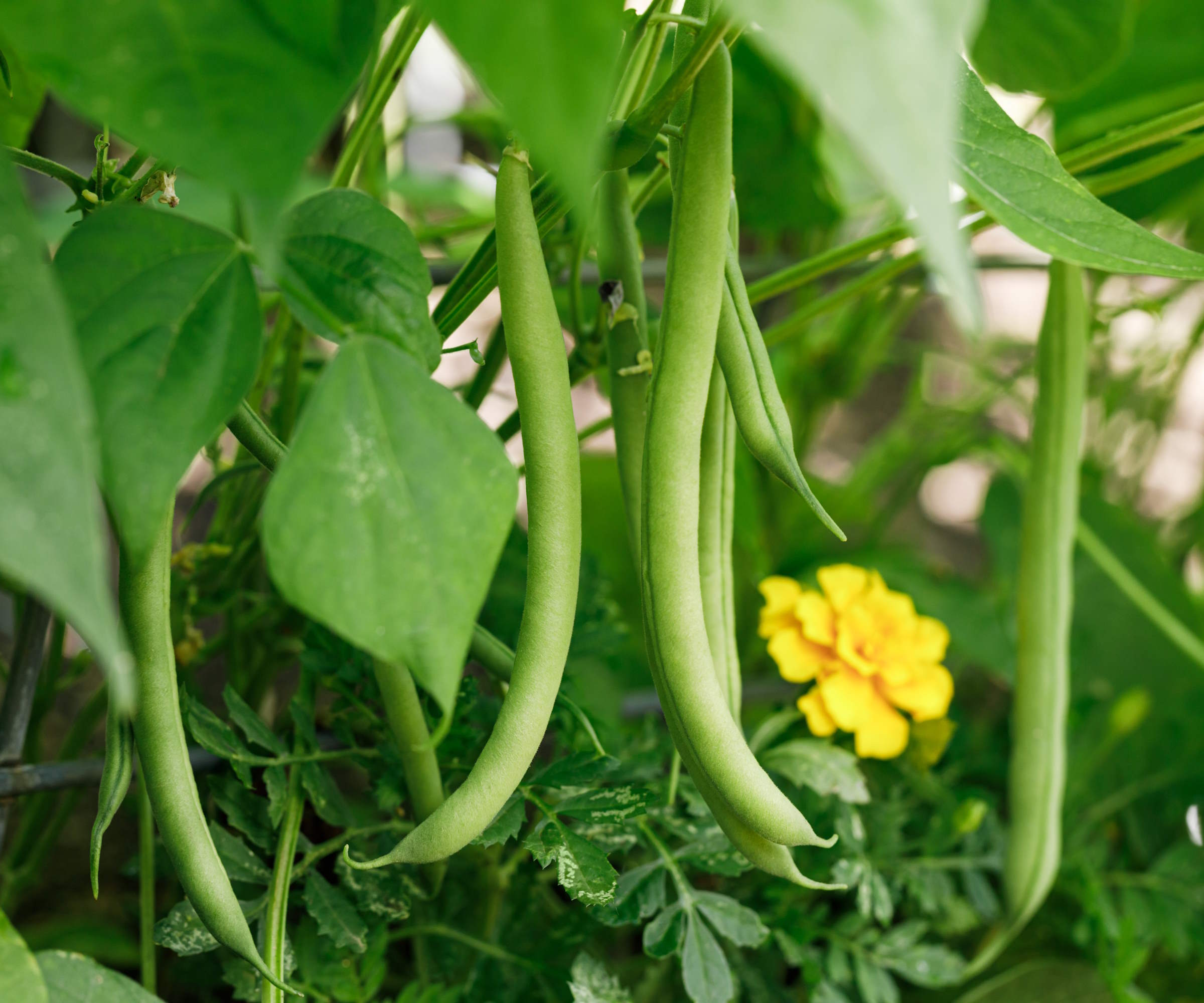
If you are growing French beans this year May can be an ideal time to plant them, whether dwarf or climbing types. French beans sowed indoors can be planted outside this month, once the risk of frost has passed, and beans can also be sown directly outdoors once the soil temperature reaches at least 60°F. One great variety to consider sowing is the 'French Filet Stringless' bean available at Burpee.
As well as French beans, black beans and soybeans can be sown outdoors in May if you fancy trying a more unusual legume crop. Adding a nitrogen-fixing inoculant when planting beans can help give you stronger plants and soaking beans in water ahead of time can boost germination rates.
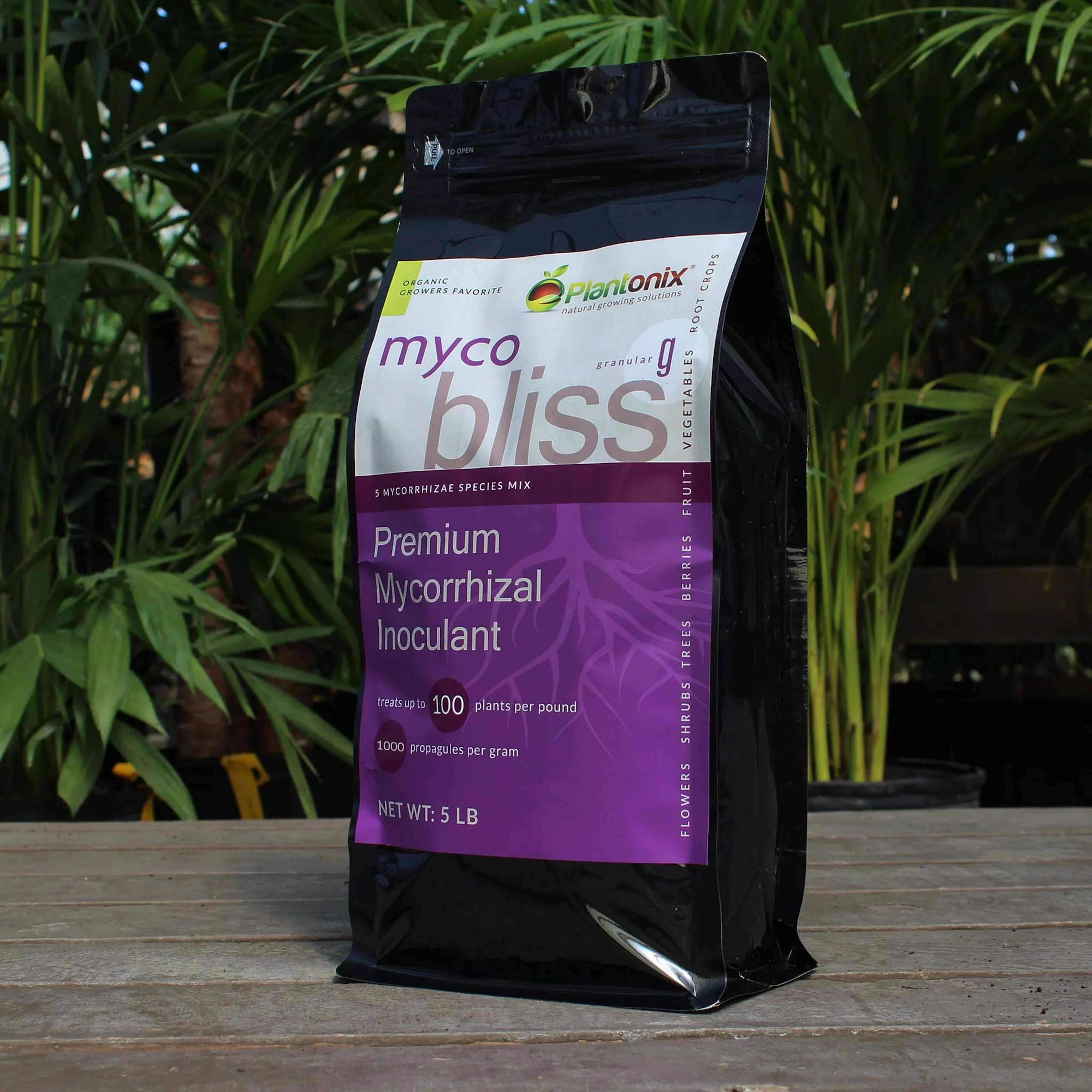
A nitrogen-fixing inoculant that promotes vigorous plant and root growth. It improves a plant's ability to get nutrients and water uptake from the soil.
3. Kohlrabi
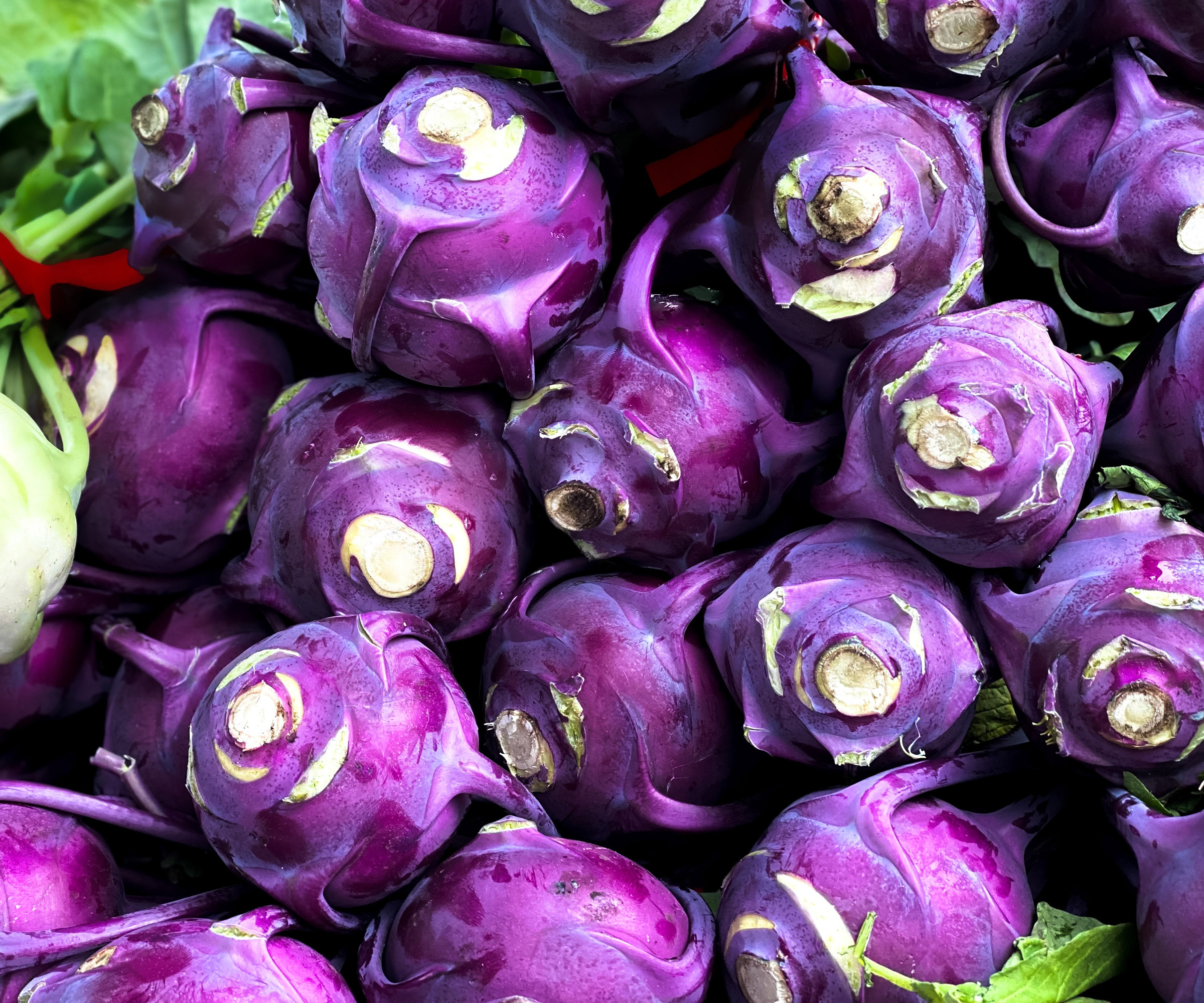
This fast-growing vegetable is another great option for succession sowing, with regular plantings every few weeks possible outdoors from May through to mid-summer.
Growing kohlrabi is increasing in popularity as the swollen stems, which can be purple, green, or white, can be eaten raw or cooked. Sow the seeds thinly into drills, keep well-watered, and thin the seedlings to 8-12 inches apart as they develop.
The young seedlings will need to be protected from slugs and snails, they are liable to eat the shoots as they pop through the ground.
Discover the range of kohlrabi seeds available at True Leaf Market.
4. Peas
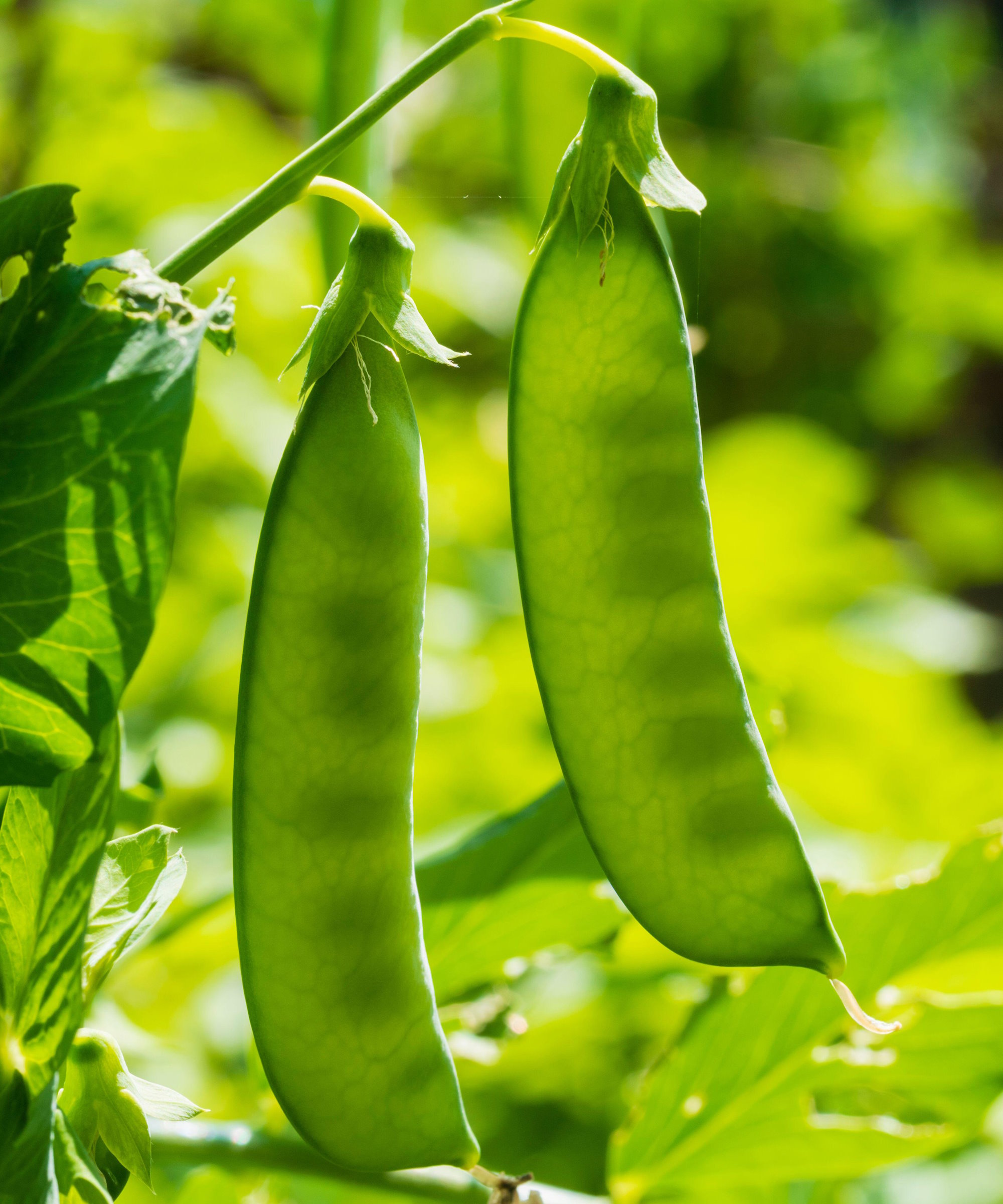
There are different types of peas to grow, there are types to shell and mangetout or sugar snap pea varieties where you eat the pods too.
To grow peas, you can start plants indoors to get a head start or sow peas directly into the ground once the soil has warmed and the frosts over. Do not sow peas if the soil temperature is below 45°F as they won’t germinate in cold and damp ground.
All types of peas can be sown outdoors in May. Sow them 1-2 inches deep and 2-3 inches apart - depending on the size of the variety - in rows at least 12 inches apart. Keep the soil moist, but not too soggy as this risks the peas rotting, and get your supports in place quickly after planting.
You can see the range of pea seeds to sow at True Leaf Market.
5. Pumpkin
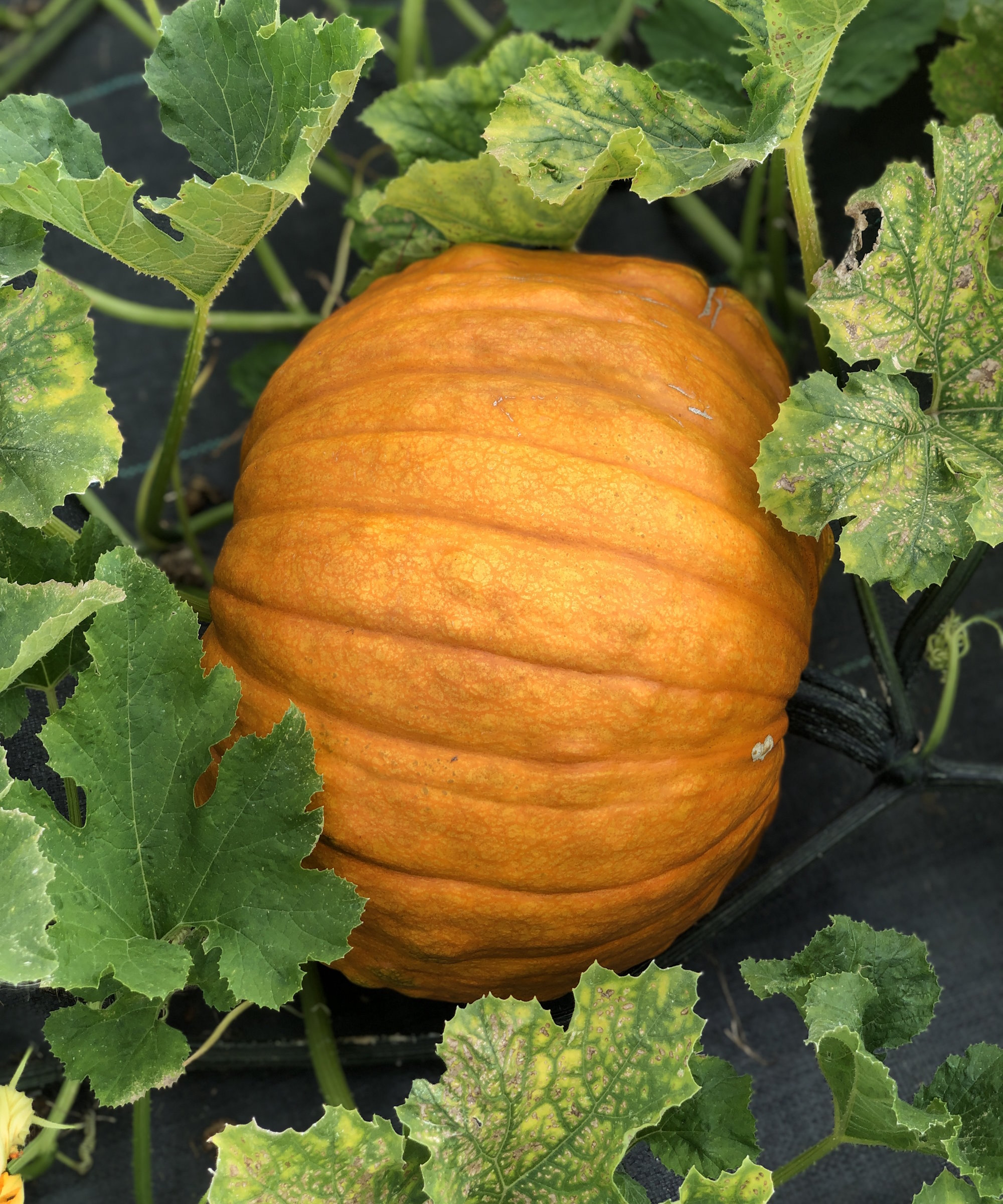
If you want to grow pumpkins this year, then May is the last window to plant pumpkins to give them enough time to develop.
As part of planning a greenhouse in spring, pumpkin seeds can be planted in individual pots indoors to grow and plant out in June. Or pumpkin seeds can be planted outdoors in the second half of May, at least two or three weeks after the last frost and the soil has warmed to 70°F.
There is a great range of pumpkins to grow, whether to display at Halloween or use in recipes, and there is always the option to try and grow a giant pumpkin - though you will want to start the seeds indoors quickly at the start of the month to give the pumpkin time to develop to a monster size. As well as pumpkins, May is also a great time to start growing squash from seed and plant zucchini.

A fantastic pumpkin for carving and cooking. It grows fruits that are medium-sized and round to elongated in shape.
6. Rutabaga
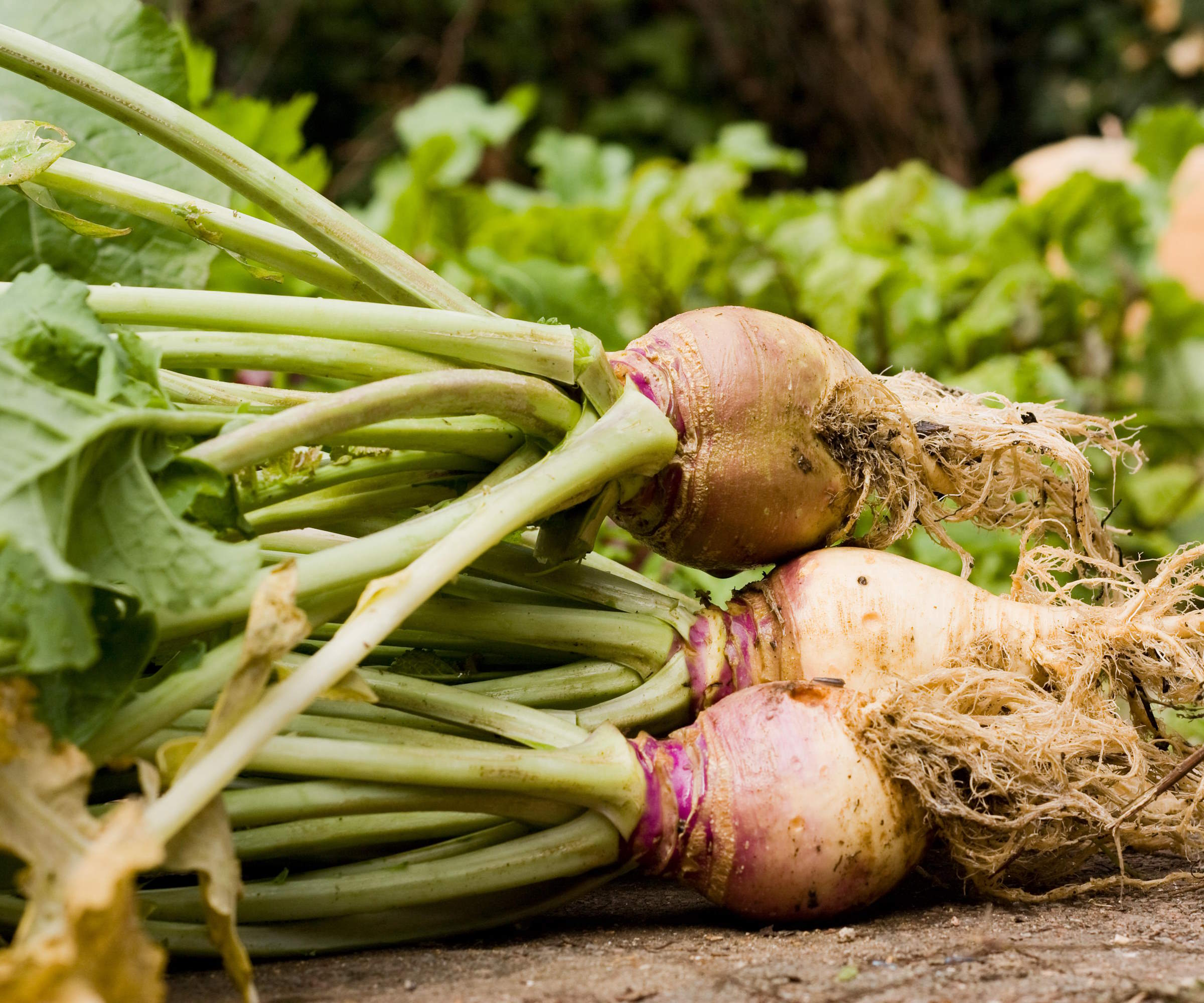
Rutabaga, also known as swede or Swedish turnip, are brassicas grown for their large oval bulbs, which can have yellow or purple flesh.
The crop is best sown directly into the soil in mid-spring and mid-to-late May can be an ideal time to plant rutabaga in many climates. Seeds want to be sown very thinly around half an inch deep in rows spaced 15-18 inches apart and thinned as they develop to nine inches apart.
Rutabaga needs consistently moist soil, so pay attention to when to water plants and keep the soil moist in the summer as irregular irrigation can cause the root to split. The crop can take six months to develop to full size, they can be harvested from late summer onwards and mature bulbs are 4-6 inches in diameter.
A classic variety to grow is 'American Purple Top' and you can get these rutabaga seeds at True Leaf Market. It produces large roots in around 90 days that are purple and yellow and the flesh is yellow.
7. Spring onions
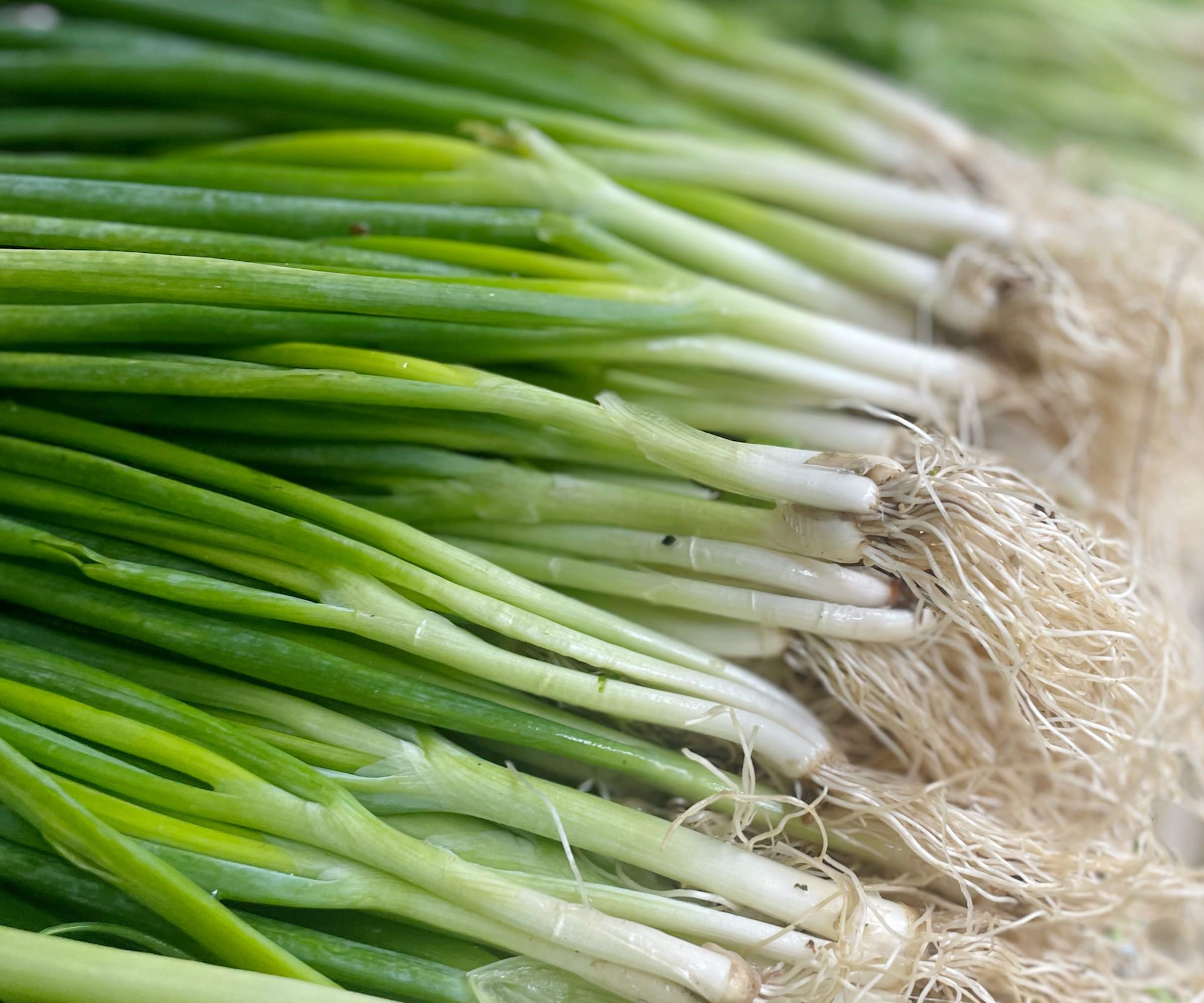
Spring onions and green onions are very fast-growing vegetables that take less than eight weeks to go from sowing to harvesting.
These alliums are grown for the stems - and some types for small bulbs - to be used in salads, stir-fries, and seasoning. They need little space, are ideal for successional sowing every three weeks, and can be grown between other crops. They are also great for companion planting and, for example, I sow them alongside my carrots to protect them from the dreaded carrot fly.
The seeds of spring onions should be sown directly into the soil and planted thinly in drills that are under an inch deep. Thin the spring onions as they develop till they are ultimately around 2 inches apart and you can even eat the thinned seedlings. 'White Lisbon' is a hugely popular variety to grow and you can get this variety of spring onion seeds at Ferry-Morse.
FAQs
Can you plant tomato seeds in May?
If you plan on growing tomatoes but have not sown your seeds yet, early May can be the last chance to plant them. Pick a fast-growing type of tomato, cherry types ripen the fastest and bush varieties produce fruit faster than cordon or vine tomatoes.
A variety such as Tomato ‘Baby Boomer’ available at Burpee would be ideal for sowing at the start of May. It will be best to start seeds in a greenhouse or on a warm windowsill to give them a good start in a warm and protected environment.
If you started vegetable seeds indoors and plan to put them outside into the ground this month, always harden off seedlings. It acclimatizes them to life outdoors and prevents their growth from stalling when planted outside. You can harden off plants simply by putting them outside during the day and back undercover in a greenhouse or cold frame at night for a couple of weeks.
Sign up to the Homes & Gardens newsletter
Design expertise in your inbox – from inspiring decorating ideas and beautiful celebrity homes to practical gardening advice and shopping round-ups.

Drew’s passion for gardening started with growing vegetables and salad in raised beds in a small urban terrace garden. He has worked as a professional gardener in historic gardens and specialises in growing vegetables, fruit, herbs, and cut flowers as a kitchen gardener. That passion for growing extends to being an allotmenteer, garden blogger, and producing how-to gardening guides for websites. Drew was shortlisted for the New Talent of the Year award at the 2023 Garden Media Guild Awards.
-
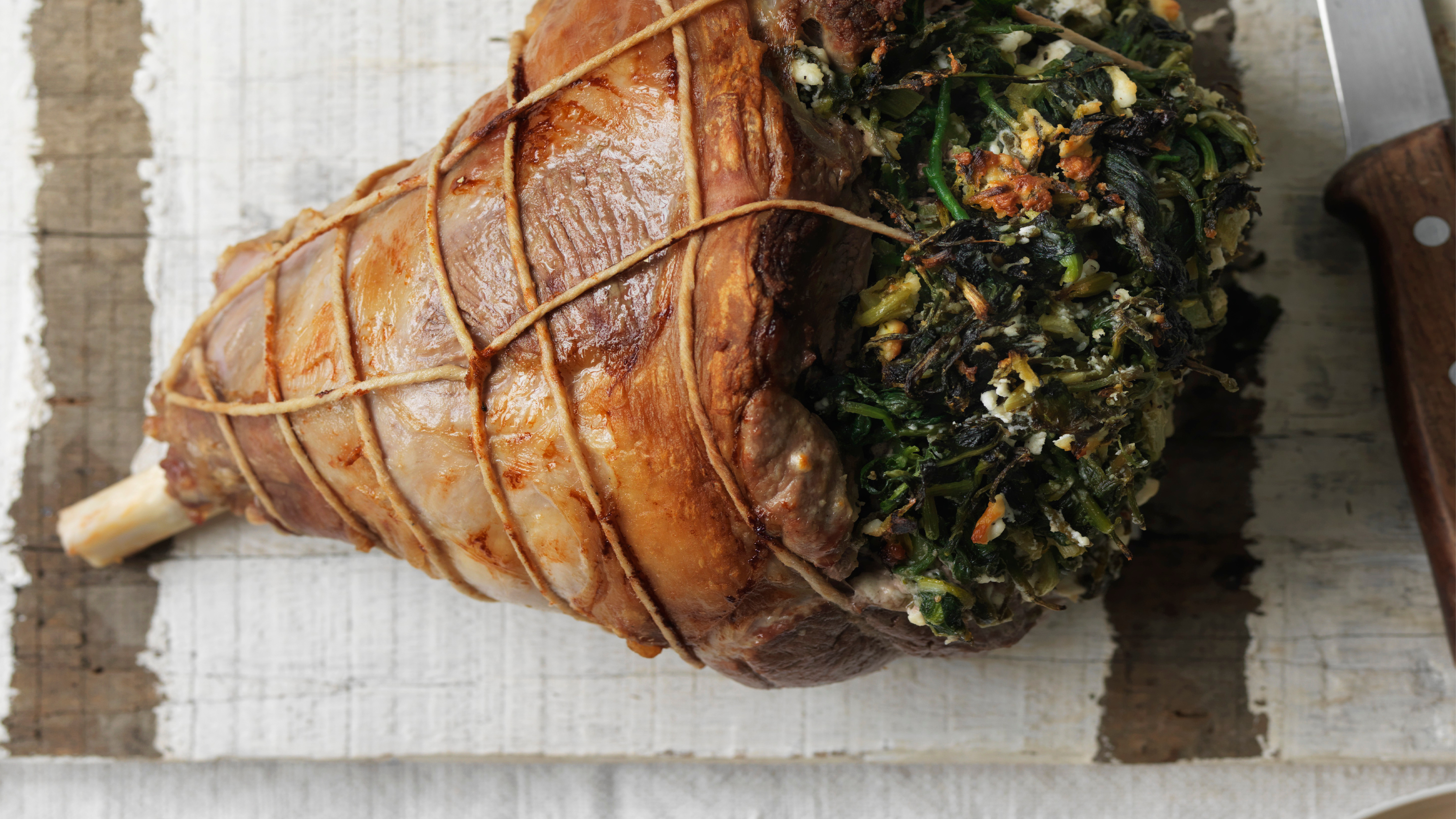 Lamb leg stuffed with horta and feta
Lamb leg stuffed with horta and fetaThis stuffed leg of lamb with greens and feta is a fresh take on a classic roast, perfect for Easter lunch with friends or family
By Alice Hart
-
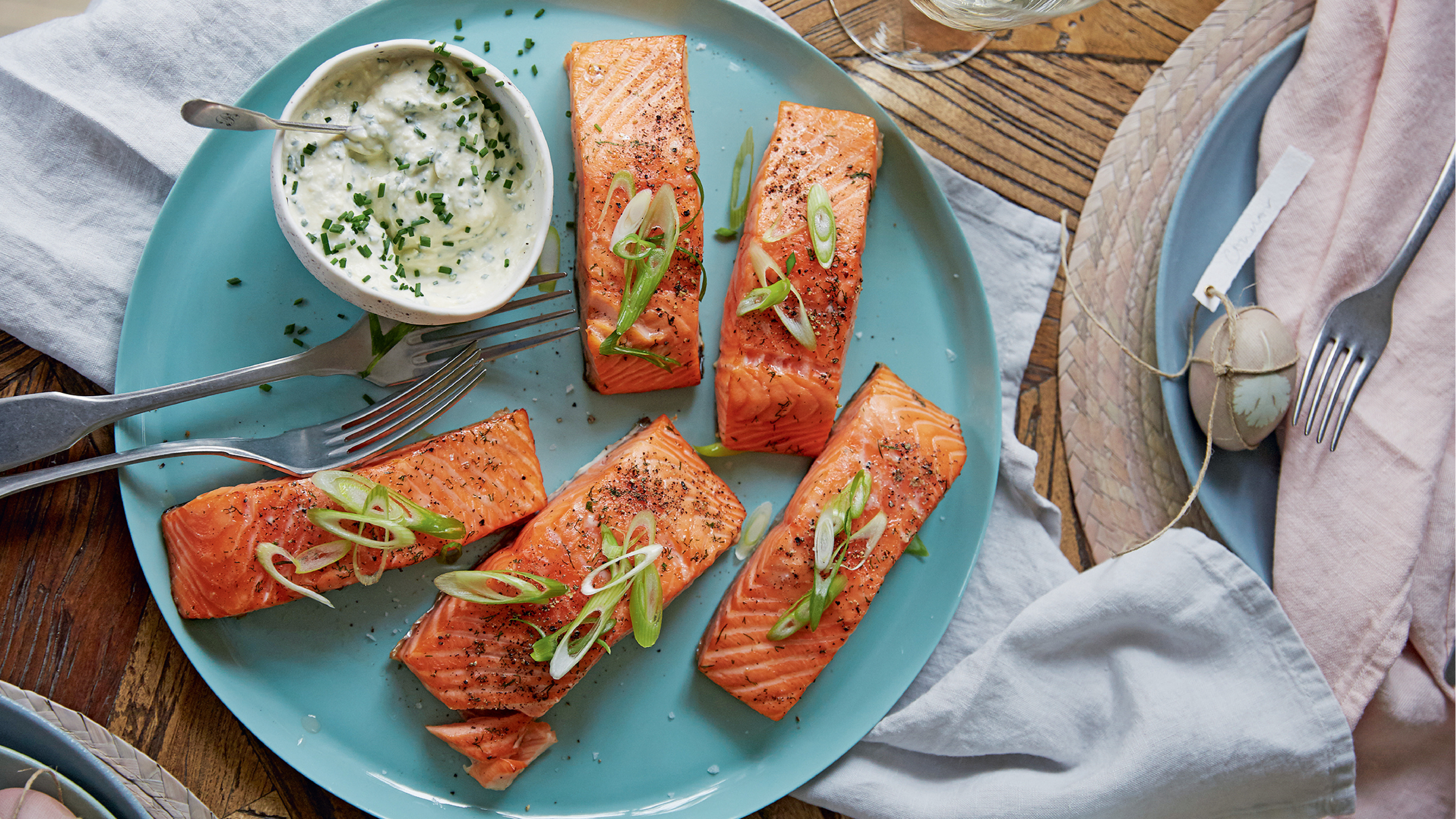 Tea-smoked salmon with horseradish dressing
Tea-smoked salmon with horseradish dressingWe love this salmon recipe, an impressive centerpiece to any Easter or spring menu. Served with horseradish dressing, it's got a kick, too
By Alice Hart